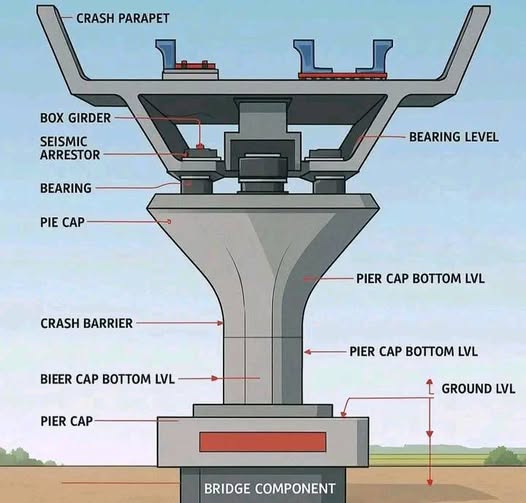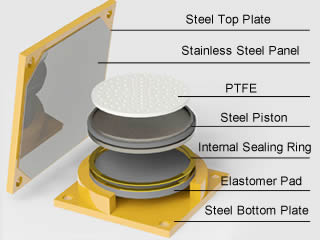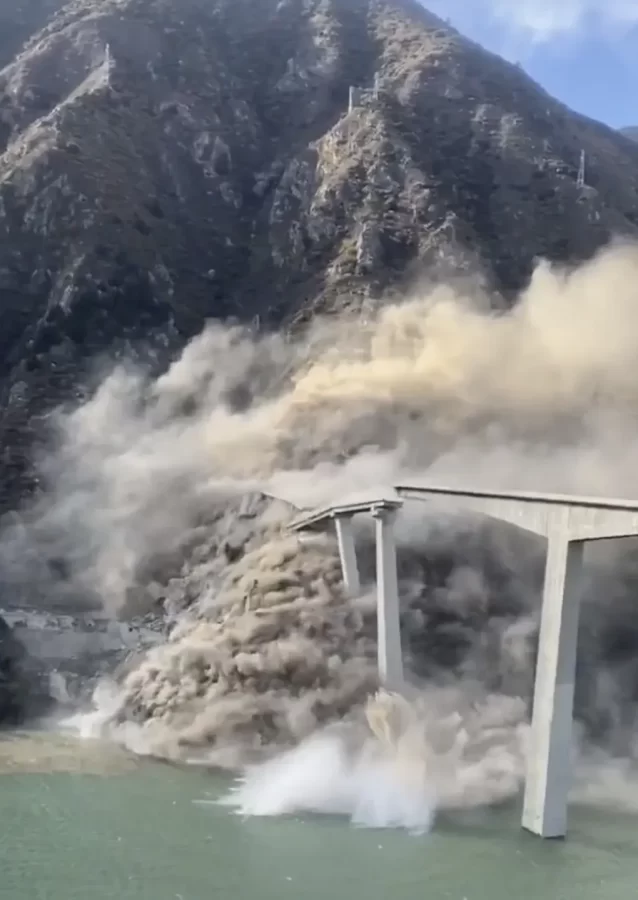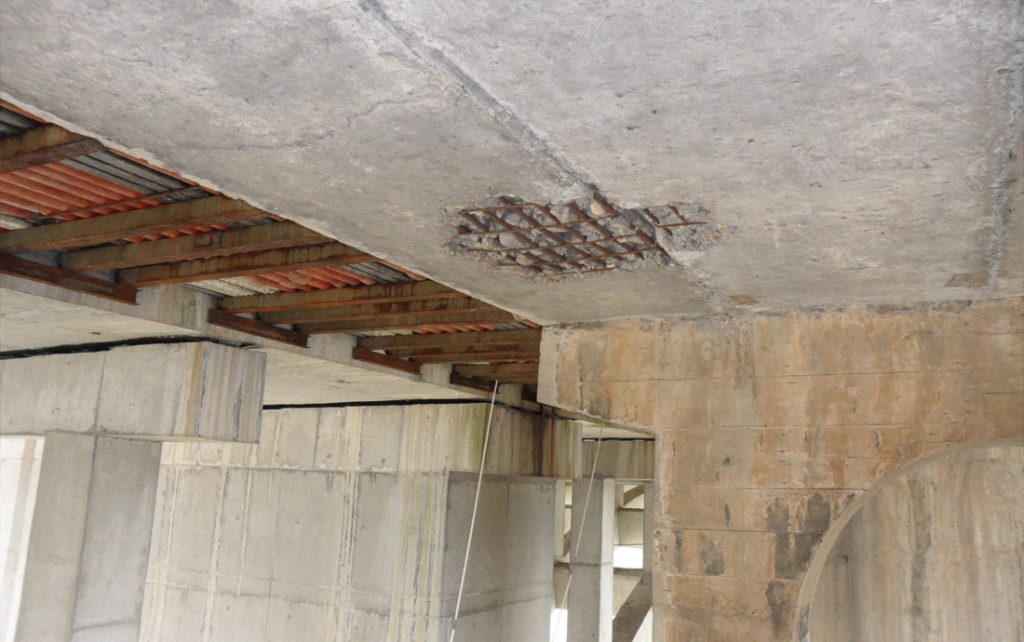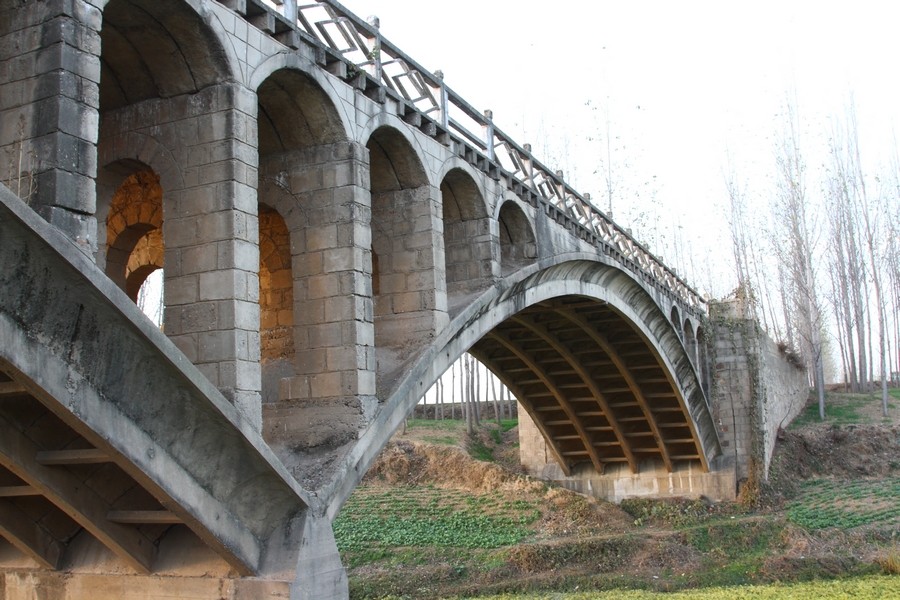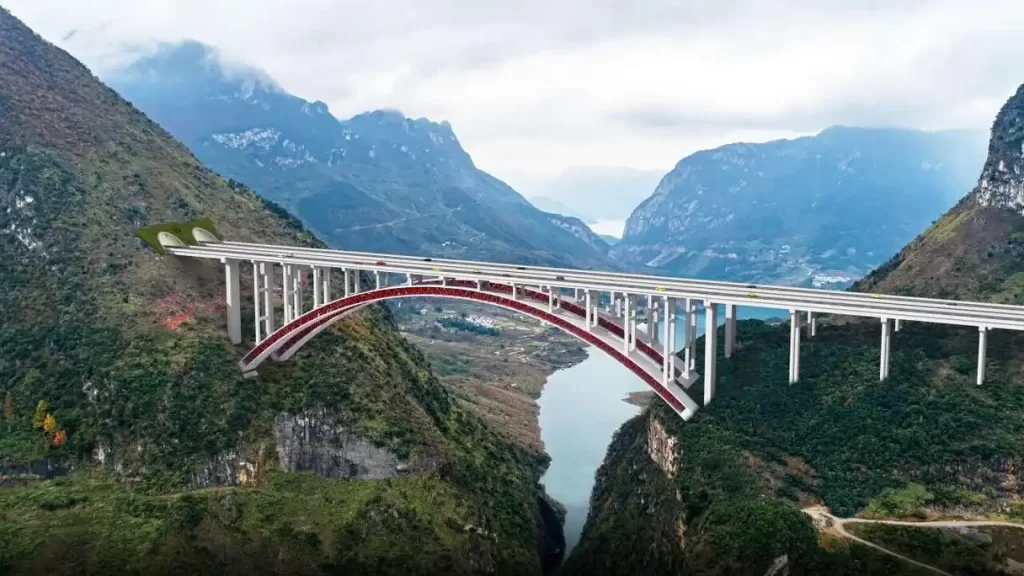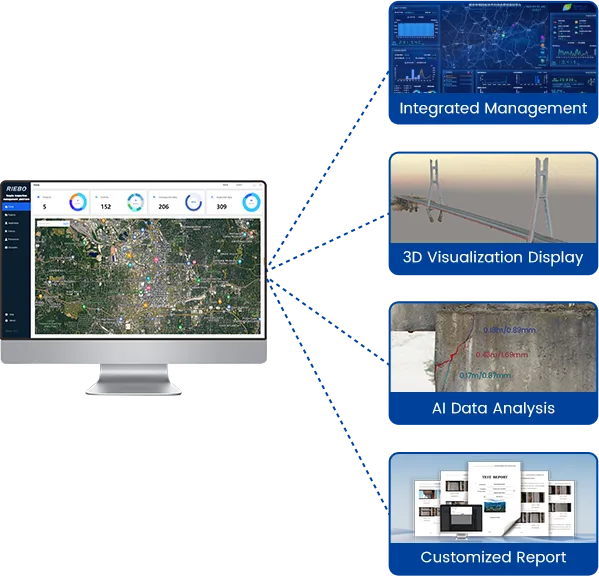The underside of a bridge is a vital part of its load-bearing system, and its condition directly impacts the bridge’s safety and durability. However, due to confined spaces, insufficient lighting, and complex environments, damage on the underside is often difficult to detect and accurately evaluate. In recent years, with the development of intelligent UAV inspection technology, bridge underside inspection has evolved from traditional manual methods to a new era of digital, automated, and intelligent inspection.
Core Pain Points in Underside Bridge Inspection
The unique spatial characteristics of a bridge’s underside make it one of the most challenging areas to inspect. The main pain points include:
Poor Accessibility:
The underside of large-span or elevated bridges can be tens of meters above the ground, often over busy roads or waterways. Human access is difficult and traditional equipment struggles to cover all areas.

Low Safety:
Even when scaffolding or under-bridge inspection vehicles are used, workers face high-altitude operation risks. These methods can also require lane closures, causing traffic disruptions.
Inefficient and Inaccurate:
Dim lighting and complex structures make visual inspection prone to missed or false detections. Traditional instruments are slow to deploy, making large-scale, regular inspections difficult to maintain.
Limitations of Traditional Underside Inspection Methods
Before UAV technology became widespread, bridge underside inspections primarily relied on three traditional methods—each with significant limitations.
Manual Hanging Inspection:
Inspectors use ropes or hanging baskets to access the underside manually. This method depends heavily on human judgment, has high labor intensity and safety risks, and is highly affected by weather and lighting. Detecting small cracks or hidden defects is difficult, and efficiency is extremely low—an inspection can take several days for a medium-sized bridge.
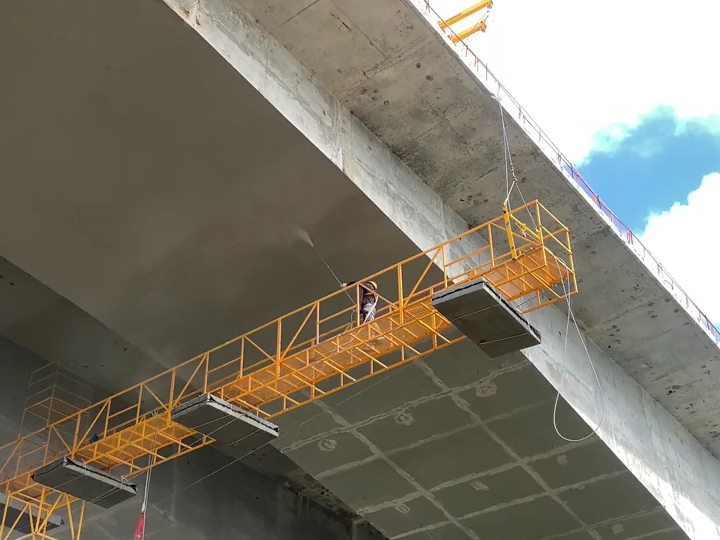
Under-Bridge Inspection Vehicles:
These vehicles use extendable arms to lift inspectors and equipment beneath the deck. While safer than manual methods, their large size limits mobility. They can only operate in certain areas, require lane closures, and struggle with bridge corners or spans over water.
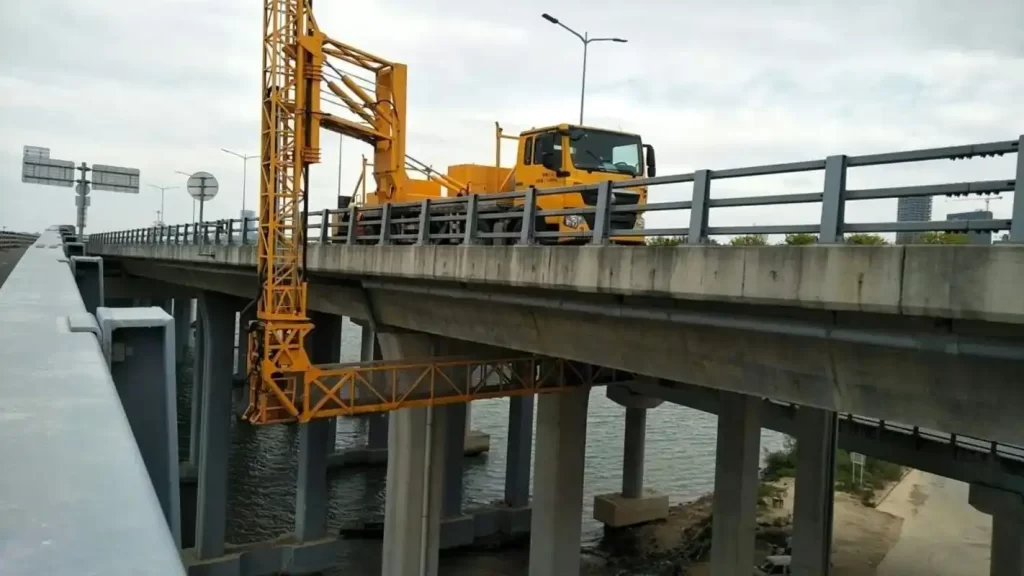
Fixed Cameras and Telescopic Imaging:
Long-distance observation avoids human exposure but is limited by angle and resolution. Only major defects can be detected, while fine cracks or corrosion remain invisible—making such data insufficient for reliable structural assessment.
Modern UAV Bridge Inspection and Its Advantages
With the integration of UAVs, imaging technologies, and AI, drones have become a core tool for inspecting bridge undersides. Their advantages over traditional methods are substantial:
Exceptional Accessibility and Flexibility:
Compact and agile UAVs can maneuver within narrow spaces beneath bridges, reaching inaccessible areas such as beam undersides, bearing supports, and mid-span sections over rivers. Flight angles and camera positions can be adjusted dynamically for full coverage with no blind spots.
High Efficiency, Safety, and Minimal Disruption:
Operators control UAVs remotely from the ground—no need for high-altitude work. Traffic remains uninterrupted, and a large bridge underside can be inspected in just a few hours, improving efficiency by dozens of times.
Accurate and Traceable Data:
Equipped with high-resolution cameras and infrared sensors, UAVs collect millimeter-level images. AI algorithms automatically identify cracks, spalling, and corrosion, quantifying their size and progression. All data are stored in the cloud for long-term comparison and maintenance decision-making.
Overcoming Key Challenges in UAV Underside Inspection
The underside of a bridge often presents two major technical challenges: weak satellite signals and insufficient lighting. Both have now been effectively addressed through professional hardware integration.
INS and RTK for Weak Satellite Signal Environments:
Riebo’s UAV inspection system incorporates high-precision Inertial Navigation Systems (INS) and RTK-integrated positioning, ensuring accurate flight control and image georeferencing even when GPS signals are obstructed by bridge structures.

High-Power Directional Lighting for Low-Light Conditions:
To resolve imaging issues caused by poor illumination, Riebo UAVs are equipped with high-power directional lighting systems that provide uniform, adjustable brightness during flight. This ensures clear visualization of underside details for AI-based defect detection.
Riebo UAV Bridge Inspection Solution
RIEBO Tech provides a full suite of intelligent inspection and structural strengthening advices tailored for different bridges:
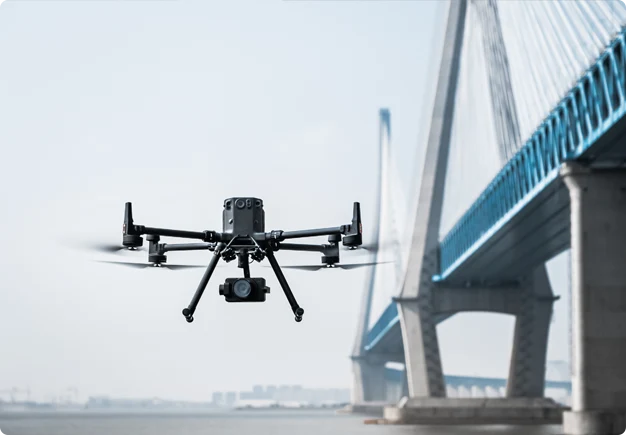
- Drone + AI Visual Inspection – High-resolution UAVs automatically identify cracks, spalling, and corrosion on the beam soffit, webs, and anchorage zones.
- Digital Twin Modeling – Converts inspection data into a 3D structural model for visualization, analysis, and defect progression prediction.
- Customized Strengthening Design – Provides detailed reinforcement plans such as CFRP strengthening, external prestressing, or beam replacement based on inspection data.
- Lifecycle Health Management – From inspection to post-reinforcement monitoring, RIEBO builds a comprehensive digital health record for each bridge, optimizing long-term maintenance and safety.
Conclusion
Accurate inspection of bridge undersides is a critical part of structural safety management. Traditional manual methods suffer from high risk, low efficiency, and incomplete coverage.
Riebo’s UAV bridge inspection solution—integrating inertial navigation, high-intensity lighting, and 3D modeling—provides a new, intelligent approach to bridge underside assessment. It ensures stable flight and high-quality imaging even in complex environments, delivering scientific, reliable data that empower bridge maintenance in the digital and intelligent era.

